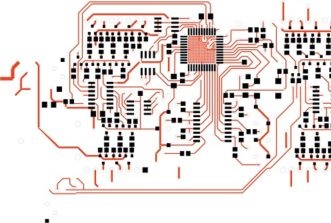This website uses cookies so that we can provide you with the best user experience possible. Cookie information is stored in your browser and performs functions such as recognising you when you return to our website and helping our team to understand which sections of the website you find most interesting and useful.
Nanoscale transistors could enable more efficient electronics
Researchers are leveraging quantum mechanical properties to overcome the limits of silicon semiconductor technology – MIT news
Silicon transistors, which are used to amplify and switch signals, are a critical component in most electronic devices, from smartphones to automobiles. But silicon semiconductor technology is held back by a fundamental physical limit that prevents transistors from operating below a certain voltage.
This limit, known as “Boltzmann tyranny,” hinders the energy efficiency of computers and other electronics, especially with the rapid development of artificial intelligence technologies that demand faster computation.
In an effort to overcome this fundamental limit of silicon, MIT researchers fabricated a different type of three-dimensional transistor using a unique set of ultrathin semiconductor materials.
Their devices, featuring vertical nanowires only a few nanometers wide, can deliver performance comparable to state-of-the-art silicon transistors while operating efficiently at much lower voltages than conventional devices.
“This is a technology with the potential to replace silicon, so you could use it with all the functions that silicon currently has, but with much better energy efficiency,” says Yanjie Shao, an MIT postdoc and lead author of a paper on the new transistors.
The transistors leverage quantum mechanical properties to simultaneously achieve low-voltage operation and high performance within an area of just a few square nanometers. Their extremely small size would enable more of these 3D transistors to be packed onto a computer chip, resulting in fast, powerful electronics that are also more energy-efficient.
“With conventional physics, there is only so far you can go. The work of Yanjie shows that we can do better than that, but we have to use different physics. There are many challenges yet to be overcome for this approach to be commercial in the future, but conceptually, it really is a breakthrough,” says senior author Jesús del Alamo, the Donner Professor of Engineering in the MIT Department of Electrical Engineering and Computer Science (EECS).
They are joined on the paper by Ju Li, the Tokyo Electric Power Company Professor in Nuclear Engineering and professor of materials science and engineering at MIT; EECS graduate student Hao Tang; MIT postdoc Baoming Wang; and professors Marco Pala and David Esseni of the University of Udine in Italy. The research appears today in Nature Electronics.














